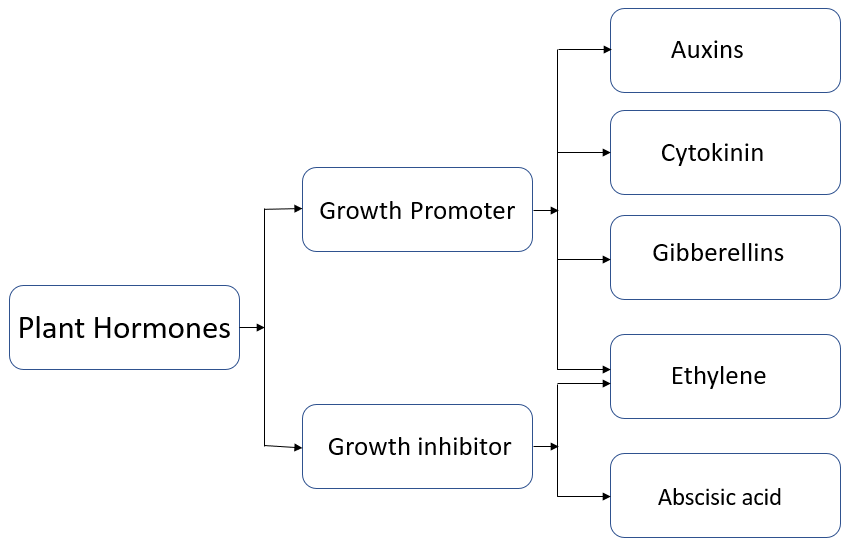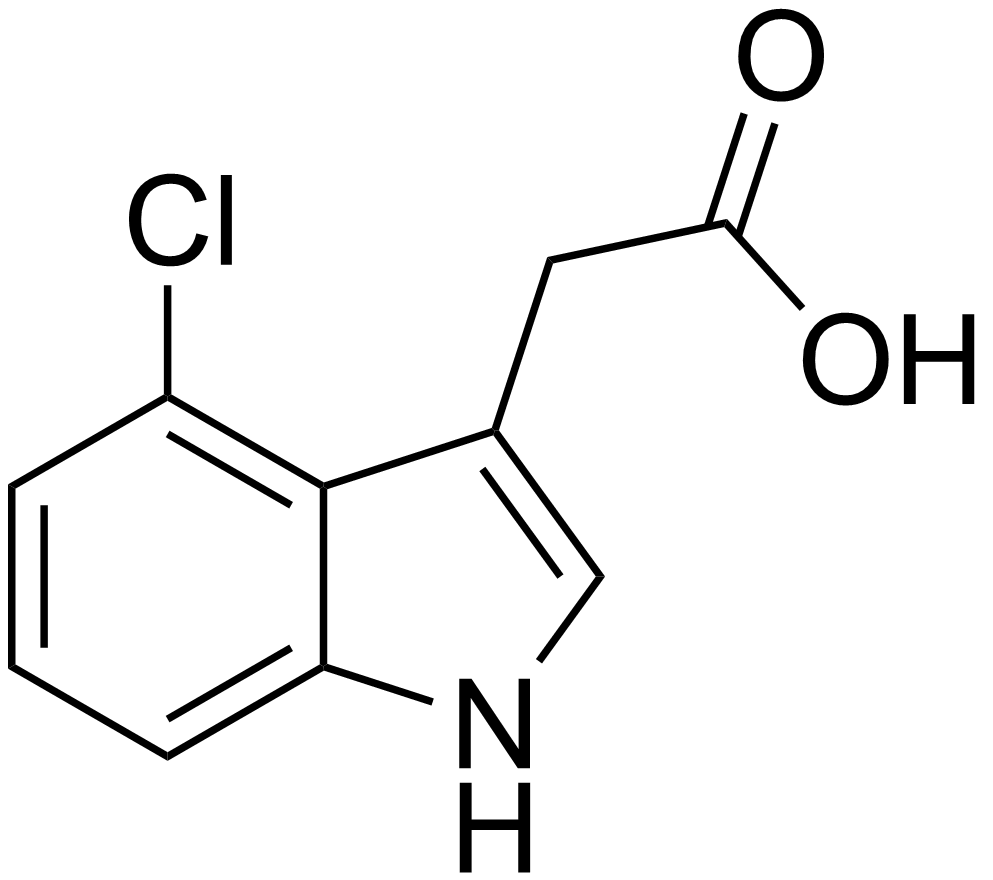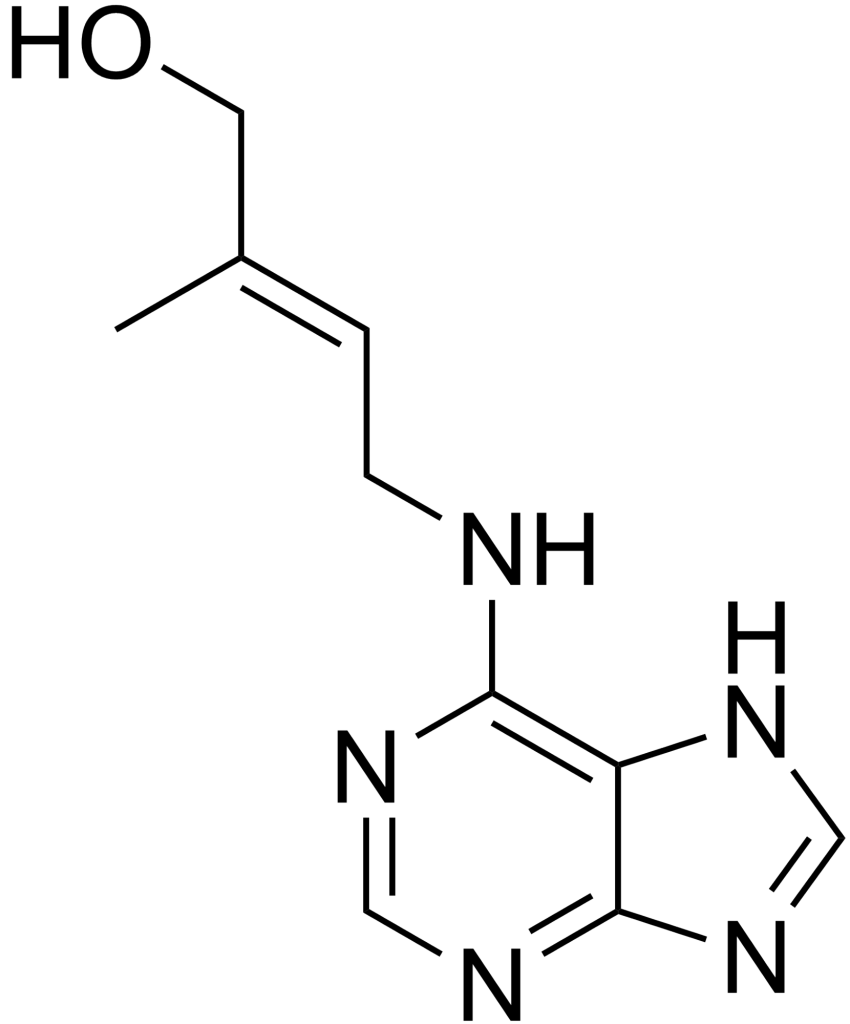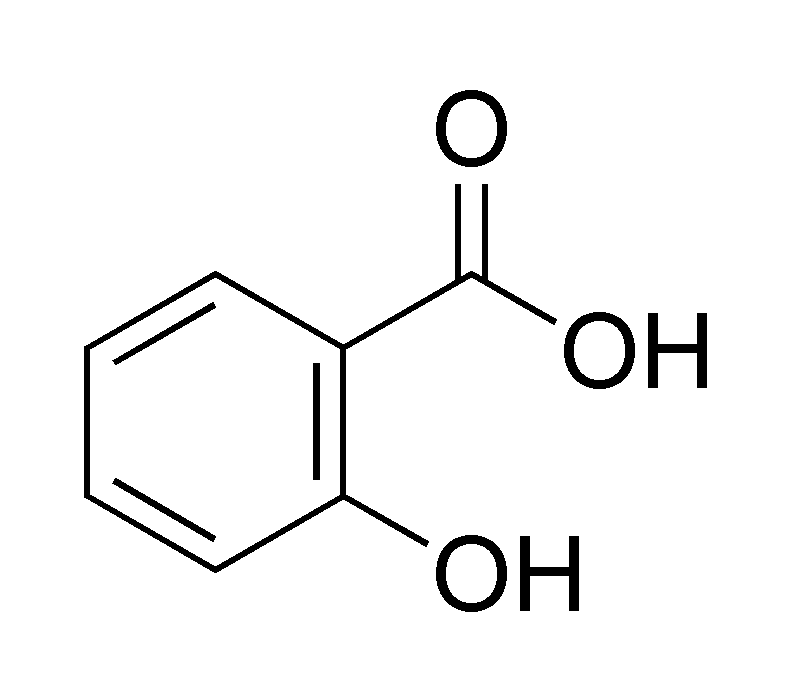Plant Hormones (also referred to as phytohormones) are signal molecules created at intervals of plants in relatively low concentrations. Plant hormones manage all aspects of plant growth and development, from embryogenesis, organ size regulation, microorganism defense, stress tolerance, and procreative development.
Index
History
The Dutch scientist Frits Warmolt Went initially represented auxins and their role in plant growth within the Nineteen Twenties.
Kenneth V. Thimann (1904-1997) became the one to isolate one among these phytohormones and see its chemical structure as indole-3-acetic acid (IAA). Went and Thimann coined the term “phytohormone” and used it within the title of their 1937 book.
Phytohormones occur across the kingdom Plantae and even in protoctist, wherever they need similar functions to those seen in higher plants.
The plant hormones are among the essential bio-chemicals affecting the growth of plants and yield production under different conditions, including stress.

Plant Hormones Types
The plant hormones such as auxin, abscisic acid, ethylene, gibberellins, cytokinins, salicylic acid, etc. help the plant function under stress, helping the plant to tolerate the environmental stresses. A wide range of actions have been illustrated for plant hormones such as:
Auxin

- Auxins influence cell enlargement, bud formation, and root initiation.
- They promote the assembly of different hormones, and, in conjunction with cytokinins, they manage the expansion of stems, roots, and fruits.
- Auxins have an effect on cell elongation by neutering cytomembrane malleability.
- Auxins are used extensively in agricultural and farming practices. They assist in initiating ontogeny in stem cuttings, associate application-wide used for plant propagation.
- They help to forestall fruit and leaf drop at early stages.
- However, promote the abscission of older mature leaves and fruits. And also promote flowering, e.g., in pineapples.
Gibberellins

- The Gibberellins are promoter PGR. There are over one hundred gibberellins reportable from vast, completely different organisms like fungi and better plants.
- They’re denoted as GA1, GA2, GA3, then on. However, gibberellin (GA3) was among the primary gibberellins discovered and remains the only intensively studied kind.
- Spraying juvenile conifers with GAs hastens the maturity amount, therefore resulting in early seed production.
- Gibberellins additionally promote bolting in beet, cabbages, and plenty of plants with rosette habit.
- In seedlings and adults, GAs powerfully promote cell elongation. GAs additionally facilitate the transition between vegetative and procreative growth and are required for spore operate throughout fertilization.
Cytokinins

- Cytokinins have specific effects on the organic process and were discovered as kinetin from the autoclaved herring spermatozoon DNA.
- Kinetin doesn’t occur naturally in plants. Natural cytokinins are synthesized in regions where fast cellular division happens, such as root apices, developing shoot buds, young fruits, etc.
- It provides new leaves, chloroplasts in leaves, lateral shoot growth, and extrinsic shoot formation. Cytokinins facilitate overcome full dominance. They promote nutrient mobilization that helps within the delay of leaf senescence.
- Kinins were initially isolated from yeast cells.
Cytokinins and auxins usually work along, and therefore the ratios of those 2 teams of plant hormones have an effect on the most significant growth periods throughout a plant’s period.
Ethylene

- The Ethylene could be a straightforward gasified PGR.
- It’s synthesized in giant amounts by tissues undergoing senescence and ripening fruits. Influences of ethene on plants embrace horizontal growth of seedlings, swelling of the axis, and top hook formation in magnoliopsid seedlings.
- Ethene promotes senescence and abscission of plant organs, particularly of leaves and flowers.
- Ethylene breaks seed and bud dormancy, initiates germination. Ethene additionally promotes root growth and plant organ formation, therefore serving the plants to extend their absorption surface.
The most widely used compound as the supply of ethene is ‘ethephon.’ Ethephon in associate solution is quickly absorbed and transported at intervals the plant and releases ethene slowly.
Abscisic Acid

- The Abscisic acid (ABA) was discovered for its role in control abscission and dormancy. It additionally has different wide locomote effects on plant growth and development.
- It acts as a general plant growth substance associated with a substance of plant metabolism.
- ABA inhibits seed germination. ABA stimulates the closure of stomata within the cuticle and will increase plants’ tolerance to numerous styles of stresses.
- It’s additionally known as the strain endocrine. ABA plays a crucial role in seed development, maturation and dormancy.
Plants begin life as a seed with high ABA levels. simply before the seed germinates, ABA levels decrease; throughout germination and early growth of the seed plant, ABA levels decrease even a lot.
Salicylic Acid

- The salicylic acid (SA) could be an endocrine with a structure associated with phenol.
- It had been originally isolated from an associate extract of willow tree bark.
- In plants, SA plays a vital role within the defence against biotrophic pathogens. In an exceedingly similar manner to JA, SA may also become alkyl radical.
- Salicylate is volatile and may act as a long-distance signal to neighbouring plants to warn of microorganism attack.
- SA is also concerned with plants’ response to abiotic stress, notably from drought, extreme temperatures, weighty metals, and diffusion stress.
Questions
Question 1. What would be expected to happen if GA3 is applied to rice seedlings?
Solution. If GA3 is applied to rice seedlings, then the rice seedlings will exhibit internode-elongation and height.
Question 2. Why is abscisic acid also known as stress hormone?
Solution. Abscisic acid is called stress hormones as it induces various responses in plants against stress conditions. It increases the tolerance of plants toward multiple stresses. It promotes seed dormancy and ensures seed germination during favorable conditions.
FAQs
There are five general classes of hormones: auxins, cytokinins, gibberellins, ethylene, and abscisic acid.
Auxins are the most important plant hormone.
Gibberellin causes some similar effects in plants as auxin, but it is a very different hormone. Gibberellins play an essential role in several developmental stages in plants.
Florigen (or flowering hormone) hypothesized hormone-like molecule responsible for controlling and/or triggering flowering in plants. Florigen is produced in the leaves and acts in the shoot apical meristem of buds and growing tips.
